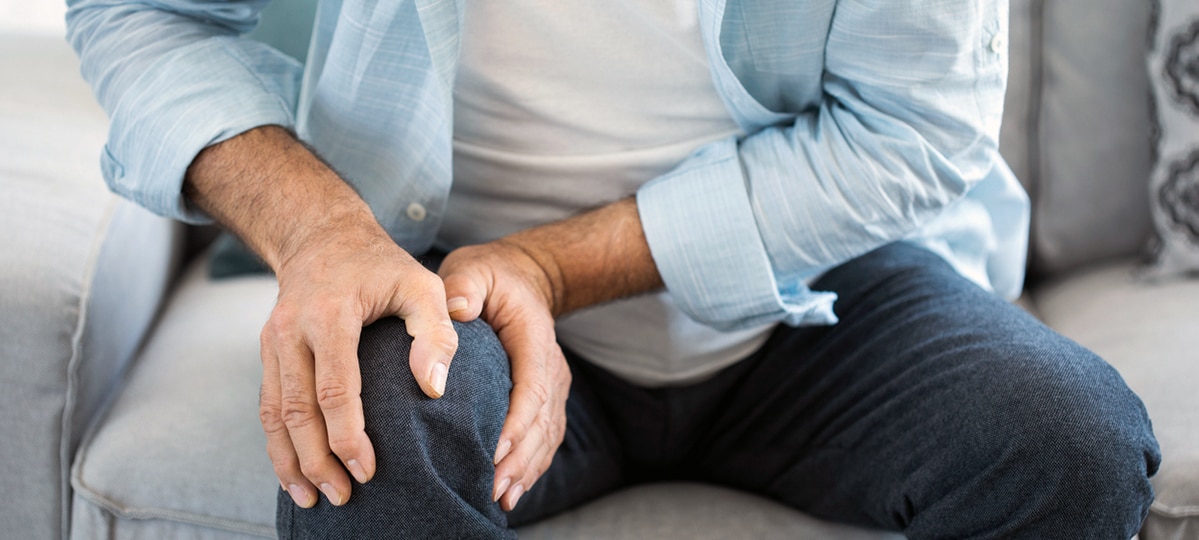There are things that get better with time: cheese and wine, your taste in music, and some of your nurtured skills. Your joints, however, tell a different story.
From occasional stiffness and aches to more chronic knee and hip pain — low motility can certainly put a damper to your daily activities. But what if we tell you that painful joints don’t have to mean the end of your daily activities?
The advancement in the medical field has certainly made sure of this. Even with arthritic joints as the most common cause of disability, joint replacement surgery promises a full return to your normal activities once you’ve had it.
Conservative Care: Non-invasive options you should try first
Despite the success that joint replacement has had through the years, it can still be quite a financial investment. Before you fully commit to it, be sure to try out these conservative options first:
Steroid injections
This treatment requires an administration of corticosteroids to treat conditions such as rheumatoid arthritis, gout, sciatica, plantar fasciitis, multiple sclerosis, and other joint and muscle problems.
Most of these conditions are caused by inflammation in the muscles and joints. When your body was younger, cortisol produced in your adrenal glands may have readily addressed such inflammation. However, production of this hormone tends to slow down as you age. This is why corticosteroids were developed. These are artificial types of cortisol that aim to reduce inflammation as cortisol would.
Steroid injections can relieve inflammation that causes pain from one to two months.
Weight loss
For every pound you lose, that amounts to less weight that your muscles and joints have to carry. So, healthy weight management can not only help you look and feel better, but it also alleviates joint-related pain.
Rehab
Your doctor might recommend that you supplement weight management or steroid injections with an arthritis rehabilitation program. This structured exercise program is designed to help your muscles and joints become more mobile and fully functioning. It aims to relieve the pain that you might feel by focusing on strengthening and stretching your affected joints.
What if your knees and hips don’t respond to conservative treatment?
Sometimes, arthritic hips and knees may no longer respond to non-invasive treatment and medication. When all other rehabilitative options have been exhausted, your orthopedic surgeon might recommend joint replacement surgery.
The good news is that this option has made leaps and bounds since its introduction in the ‘60s. However, it’s still important to be informed before you undergo such a procedure. If you have been recommended this course of action, be sure to go over the following details with your doctor:
- The number of surgeries he/she has performed and their success rates
- The complications that might occur during- and post-surgery
- The type of implant that will be used as a replacement for your joint(s)
- The pros and cons of using this type of implant
- The level of pain that you might expect after your surgery
- The pain relief options that you can take to manage the pain post-surgery
- Any type of rehabilitation program you need to enroll in to recover
- The expected recovery time
The bottom line
Knee and hip pain can be a main stressor that impedes your normal day-to-day activities. But as tempting as it may be to resort to joint replacement once you start to feel pain, we recommend that you treat this route as a last resort.
As always, check with your doctor for more conservative treatments first before you undergo a more intensive recourse such as joint replacement surgery.




